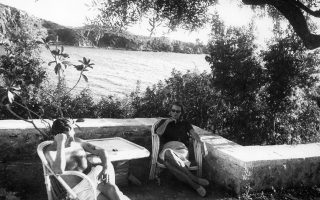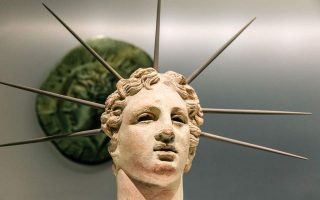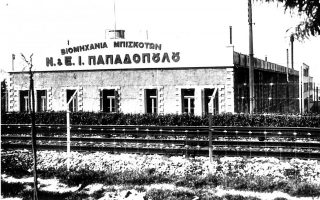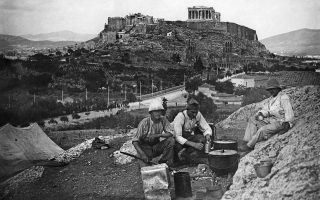Early depictions of Greece on display at Benaki Museum
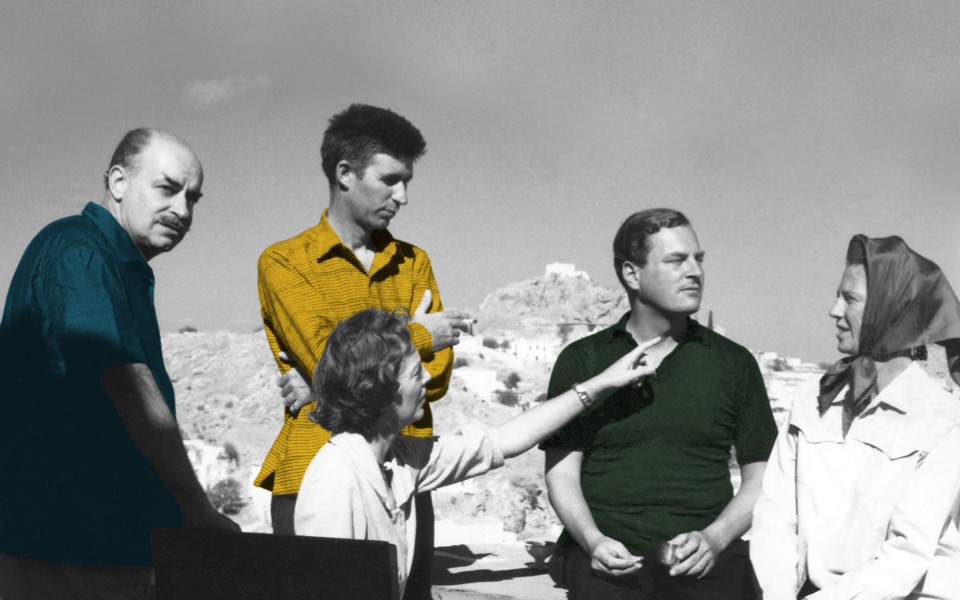
Most people in Greece associate the name Candia with the Cretan wine brand. Fewer know of the 21-year Siege of Candia in the 1600s that resulted in Crete passing from Venetian control into the hands of the Ottomans or that Candia was the name of present-day Iraklio.
Back in 1483, however, the postcard-pretty town of Iraklio had enchanted a German nobleman called Bernhard von Breydenbach. Three years later it appeared in a colored woodcut illustration in a book he published recounting his adventures on a tour of the Holy Land and Greece.
This woodcut is the first known realistic depiction of a Greek location in print and is also the image chosen to advertise the Benaki Museum’s latest exhibition, “Travels in Greece (15th-19th century),” which presents to the public for the first time maps, publications, illustrations and travelers’ journals pertaining to the Hellenic world from the collection of Efstathios Finopoulos, regarded as one of the most important of its kind in the world.
Finopoulos, who is still adding to his collection, has amassed material with the “order and method of a stamp collector,” according to George Manginis, a member of the museum’s executive committee.
The exhibition, which comprises 200 of the thousands of items in Finopoulos’s collection, includes rare depictions such as the bombing of the Parthenon by Venetian General Francesco Morosini, Ptolemaic maps and the first illustration of Athens in the Nuremberg Chronicle, which is completely fictitious and depicts it like a medieval city.
“Europeans were always fascinated by our country, something that later came to be known as philhellenism,” says Mirka Palioura, one of the exhibition’s curators.
The exhibition also sheds lights on the routes travelers took and the reasons for their journeys. In the 15th century, most travels to the Middle East and the Mediterranean were pilgrimages to the Holy Land in Jerusalem and later to Constantinople. The Hellenic world in this exhibition encompasses much of the Balkans, Asia Minor and parts of southern Italy. Many travelers would sail from Marseilles or Venice and follow the sea routes to the eastern Mediterranean with stops in Sicily, Malta, Corfu, Kythera, Syros and Smyrna.
Mainland Greece became part of the itinerary much later. The first organized tours of the region started taking place in the 19th century, making them the forerunners of today’s mass tourism.
The exhibition at the Benaki Museum of Greek Culture (1 Koumbari & Vassilissis Sofias, Kolonaki, tel 210.367.1000, www.benaki.gr) runs through April 29. Opening hours are Wednesdays and Fridays from 10 a.m. to 6 p.m., Thursdays and Saturdays from 10 a.m. to midnight and Sundays from 10 a.m. to 4 p.m.
